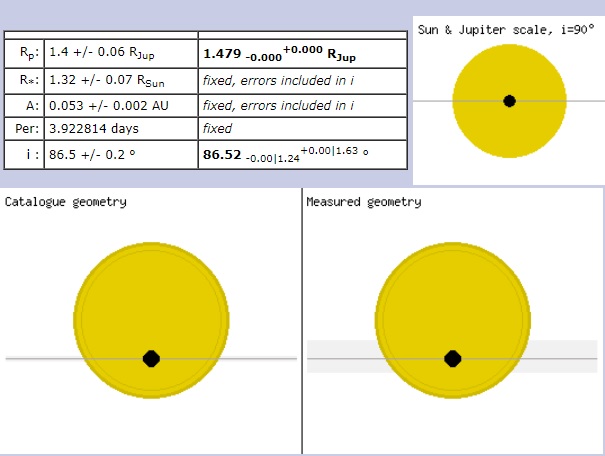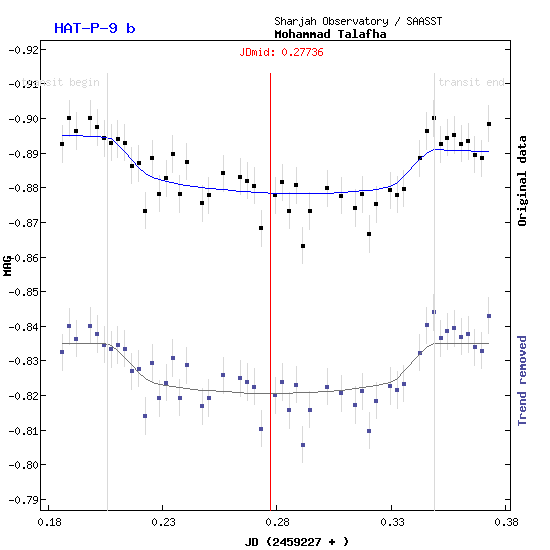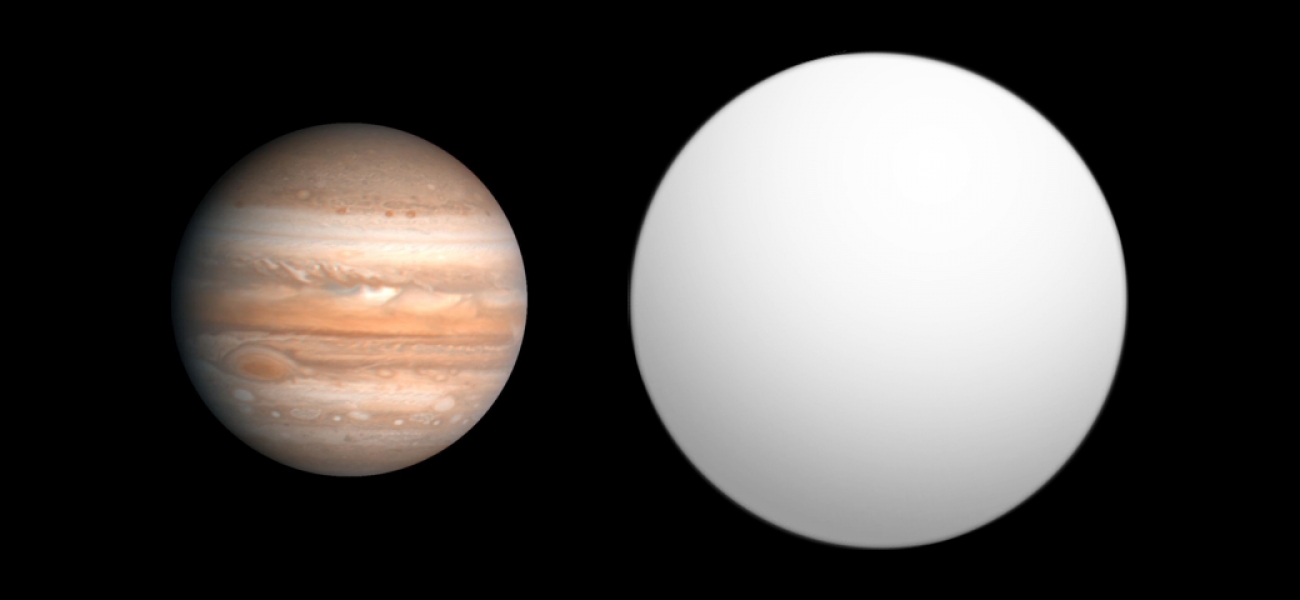The exoplanet (HAT-P-9b) is located in the constellation of Auriga, located at a distance of about 1500 light-years from the Sun. This planet was discovered in 2008 through the technique of transit photometry using the Wide Angle Search for Planets (WASP) program.
Prof. Mashhoor Al Wardat, Vice General Director of SAASST for Academic Affairs and the Sharjah Astronomical Observatory, explained that the observatory contains several specialized telescopes and high-resolution photometric monitoring and spectroscopy tools. These enable researchers to compete with international telescopes in many research areas, especially in observations of exoplanets, spectroscopy of stars and monitoring solar activity.
He added that the Sharjah Astronomical Observatory plays an essential role in disseminating scientific information and supporting various research projects such as observing galaxies and binary stars, studying variable stars, and determining star groups' age. Students and enthusiasts of space and astronomy also frequently learn more about these fields through the observatory's many and varied activities.
For his part, researcher Mohammed Fadil Talafha, an astronomer specializing in observing the exoplanets, added that the observed exoplanet is similar to Jupiter. It has a mass of 78% of the mass of Jupiter, but it is, on the other hand, larger, equivalent to 140% of the size of Jupiter, and this means that it is less dense. Due to its size being close to the size of Jupiter, it is included in the series of exoplanets called Hot Jupiters, as it is very close to its host star. Despite its large size compared to our solar system's planets, this planet is very close to its star – the distance between it and its star does not exceed 8 million kilometers. If we compare it to Earth, whose distance from the Sun reaches 150 million kilometers, it is considered very close to the host star. The temperature of this type of exoplanets reaches one thousand kelvin, hence the name Hot Jupiters. This planet orbits its star very quickly, as it ends its year in less than four days.
Researcher Mohammed Fadil Talafha explained that the observation of these planets is done by observing the planets in transit. During the transit, the star's apparent magnitude decreases slightly due to the occultation of the planet in a process known to astronomers as transit photometry. From this, we can deduce important information such as the time taken to transit and the planet's size. It is worth noting that this type of observation requires a telescope with a relatively large diameter and a specialized camera with high sensitivity to light. Therefore, the Sharjah Astronomical Observatory monitors these exoplanets because it has several specialized telescopes that enable in-depth sky studies.





